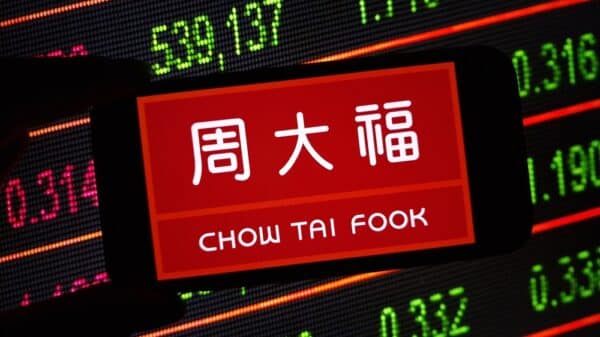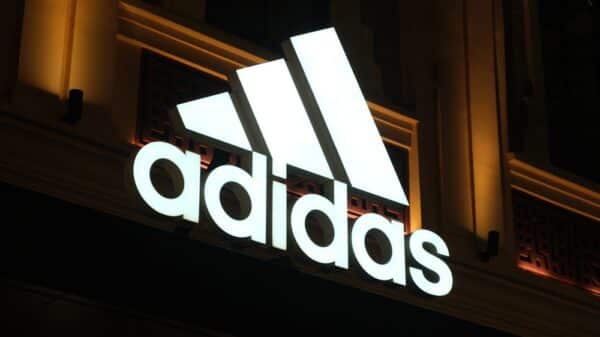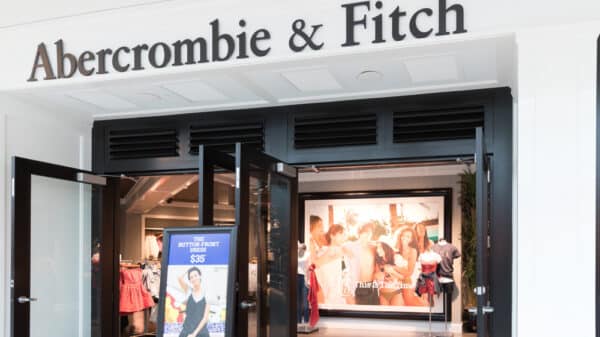Recent data reveals that 70% of online shoppers in Europe indulge in purchasing clothing, footwear, and accessories, establishing this sector as the leader in e-commerce. These statistics come from a 2024 report by Ecommerce Europe, putting fashion well ahead of multimedia products, which attracted 56% of online buyers, and streaming subscriptions, at 46%.
The report further indicates that 31% of consumers are purchasing perfumes and cosmetics online, while 26% invest in sports equipment. These insights are derived from a Eurostat survey that feeds into Ecommerce Europe’s annual benchmark report, which assesses the different e-commerce landscapes across Europe.
Notably, 83% of online shoppers in Europe prefer to order from domestic sellers, while 33% make purchases from other European countries. Additionally, 16% indicated they have ordered from sellers of unknown nationality, and 20% have made purchases from outside the EU. This figure remains stable compared to the previous report, with close monitoring ongoing regarding the popularity of Chinese platforms like Shein and Temu.

Luca Cassetti, Secretary General of Ecommerce Europe, stated, “This year marks a significant shift in perspective at the European level on concerns surrounding competitiveness and simplification. Nonetheless, the urgency of the situation remains unaddressed.” Furthermore, Director General Christel Delberghe emphasized the need for strict enforcement to ensure all companies, EU-based or not, adhere to the same operational obligations across Member States.
Company sizes and areas of activity
The report sheds light on a widening technological gap between large enterprises and small to medium-sized enterprises (SMEs). Among companies with over 250 employees, 46% showcased high digital intensity, while 41% reported very high levels of digital engagement. In contrast, 40% and 27% of SMEs reported low and very low levels of digital intensity, respectively.

The benchmark report underscores that Western Europe—including France, Germany, the UK, Ireland, and the Benelux countries—remains the powerhouse of European e-commerce in 2024, contributing 64% of B2C online sales. Southern Europe—comprising Portugal, Spain, Italy, and Greece—ranks second with 19% of the overall market turnover.
“In absolute figures for 2024, Western Europe, Southern Europe, and Central Europe (9%) generated 569, 166, and 79 billion euros, respectively,” notes Ecommerce Europe. “Northern Europe (6%) follows closely behind Central Europe with 56 billion euros, while Eastern Europe accounts for just 2% of total sales at 17 billion euros.”



























